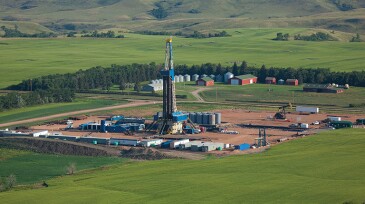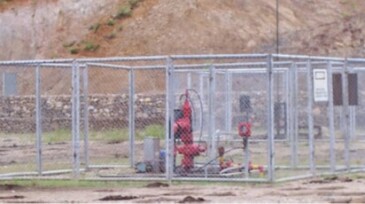DSDE: In Practice
-
The paper evaluates the effect of different injection methods on oil recovery and CO2 storage potential in a depleted sandstone reservoir in the Norwegian Continental Shelf.
-
Case studies demonstrate how an autonomous outflow-control device prevents growth and excessive fluid injection into thief/fracture zones and maintains a balanced or prescribed injection distribution.
-
When Hess, Halliburton, and Nabors sat down to create a single plan to stream on the driller’s display, they needed to work out a lot of differences, including the definition of the word "activity."
-
The risk-management firm is teaming up with academia and a robotics specialist for a research project focused on automatic processing of data gathered by autonomous and remote-controlled vehicles.
-
This paper discusses the development and commissioning of one of the first fields in the UAE to be operated remotely. The designed and applied technology facilitated unmanned operation of the field from downhole to export.
-
Dynamic simulation has proved an effective tool throughout the lifecycle of the deepwater Appomattox project, in large part because of implementation at an early stage.
-
The system presented in this paper uses a fiber-optic cable and cameras to provide intruder detection and identification. It transmits the signals wirelessly through the remote telemetry units at the wellhead.
-
This paper outlines an approach to history matching that uses artificial intelligence with an artificial neural network and data-driven analytics. The approach has been used to mitigate history-matching challenges in a mature, highly geologically complex field offshore Malaysia.
-
The authors use machine-learning methods combined with geomechanical, wellbore-trajectory, and completion data sets to develop models that predict which stages will experience difficulties during completion.
-
The company’s newest product will combine with Amazon Web Service’s efforts to ease access to data from the Open Subsurface Data Universe.
Trending Now on DSDE
Stay Connected
Don't miss out on the latest technology delivered to your email every 2 weeks. Sign up for the DSDE newsletter.














